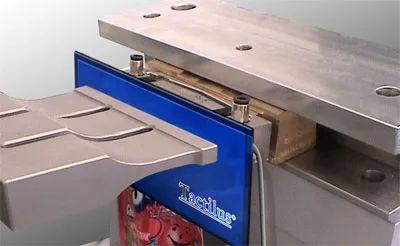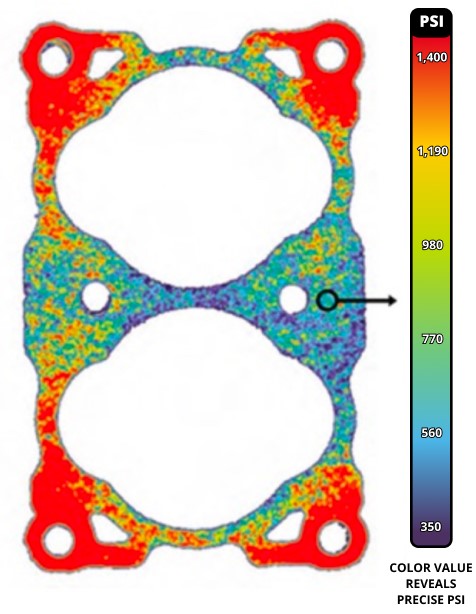Article: EETimes.com
Heat and pressure go hand in hand as we know from Fourier�s law of heat conduction (q = -k � A � dT/dx).
That�s the correlation behind an intriguing new application from Sensor Products Inc. that helps designers optimize heat-sink efficiency.
The Tactilus heat-sink analysis system detects surface contact and pressure distribution between a CPU and a heat sink. Cooling efficiency can be hampered by defects in the heat-exchange structure, such as warping. When there is uneven contact between the heat sink and the electronic component, the value of �A� (the cross sectional area through which heat is conducted) in Fourier�s equation is reduced as is the resulting amount of heat conducted.
The Tactilus system includes a sensor mat slipped between the CPU and the heat sink. As the mounting screws are torqued, the Tactilus system maps and measures the changing pressure distribution between the surfaces. A windows-based software program displays the data and results.

Key features:
- Tactilus sensor is flexible, 0.015-inch (0.38mm) thick
- Pad has 625 resistive sensing points on a 25×25 grid
- Total sensing area 2×2 inches 1kHz scan speed
- Operating pressure range: 0-100 psi
The system will endure hundreds of diagnostic uses on different heat sinks, according to Sensor Products.
The heat sink/CPU application is the latest for the Tactilus technology which has been used to measure pressure distribution on pc boards, flat-panel displays, door seals, heat seals, fuel cells and other applications
Below is an image showing a related heat-sealing application of the Tactilus technology.




